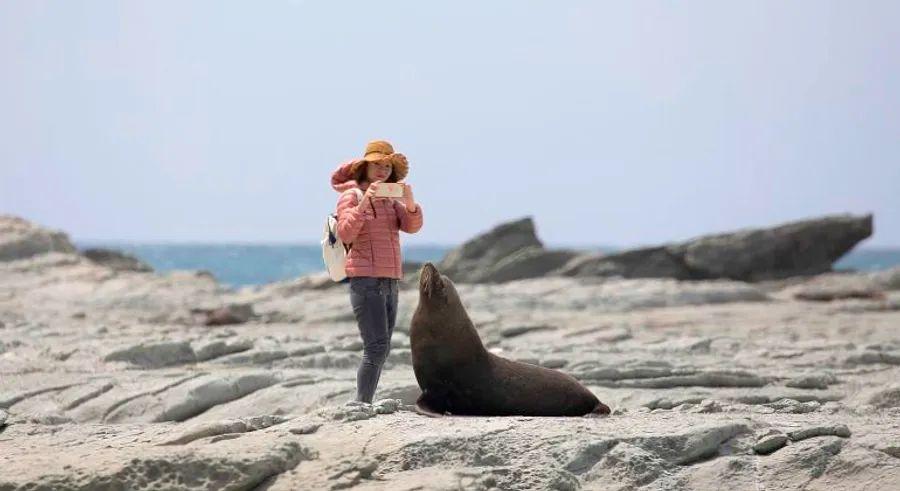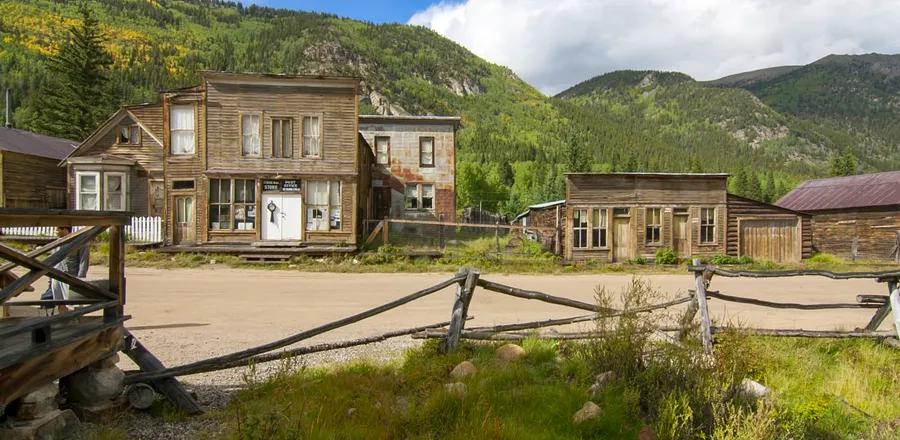Are you committed to becoming a more responsible traveler? These destinations want your pledge in writing

Five years ago, Iceland faced a significant challenge.
International tourism had surged more than threefold since 2000, with many visitors being newcomers unfamiliar with the country’s rugged terrain.
“In the media, you’d frequently come across negative stories about tourists engaging in inappropriate behavior,” says Sigríður Dögg Guðmundsdóttir, head of Visit Iceland.
Tourism authorities recognized the need for change as locals grew frustrated with visitors camping illegally, damaging the environment, and using burial sites as restrooms.
“Rather than erecting barriers and telling tourists 'You can’t go here, you can’t do that,' we aimed to educate,” says Guðmundsdóttir.
Iceland identified seven common behaviors that caused problems – from dangerous photo opportunities to illegal off-roading. They shifted from reactive measures to proactively educating tourists on the impact of their actions.
The result was a pledge for sustainability and responsibility, encouraging visitors to promise to be respectful travelers during their stay in Iceland.
Pledges tap into tourists' emotions

“Pledges may seem straightforward,” says sustainable tourism expert Julia Albrecht. Together with GOOD Travel co-founder Eliza Raymond, she has been researching the growing trend of tourist pledges.
The strength of pledges, she explains, lies in their ability to connect with a visitor's emotions.
“It’s a positive approach – destinations don’t scold visitors. Instead, they emphasize that adopting these desirable behaviors enhances the chance for a more rewarding, authentic experience.”
Shortly after Iceland introduced its pledge in mid-2017, and long before the Covid-19 pandemic, other regions followed suit with their own initiatives: New Zealand's Tiaki Promise, Hawaii's Pono Pledge, and Palau's Palau Pledge.
“All of this unfolded in under a year. It was either a collective shift in mindset or a few destinations quickly recognized what Iceland was doing,” says Albrecht.
Protecting both nature and people

Though the pledges varied and addressed specific local challenges, the destinations that adopted them shared several key similarities.
Many of these destinations are nature-focused, drawing visitors to wild environments for which they may not be adequately prepared. In Hawaii, tourists were trespassing in risky areas to capture restricted views. In Iceland, people were jeopardizing their safety for the perfect selfie.
“Growing up in Iceland, we learn how to stay safe. But visitors don’t always know how to navigate our wilderness,” says Guðmundsdóttir.
These destinations also faced the challenge of managing the growing strain of tourism on their infrastructure and natural resources, all while ensuring the well-being of locals, preserving cultural traditions, and maintaining the destination's long-term sustainability.

This meant that many of the pledges were created with a dual purpose in mind.
“The goal was to raise awareness and offer education,” explains Albrecht, by teaching tourists about local expectations to either “stop harmful actions or ensure safety in the landscape.”
At the same time, she says, they were looking ahead, “to ensure that the destinations wouldn’t be overrun or drastically altered by tourism.”
Do the pledges truly make a difference?

Pledges are based on the idea that public promises are more likely to be upheld.
Some pledges focus on behaviors that are not only undesirable but also illegal. For example, the Icelandic Pledge includes a commitment from drivers to “never go off the road,” an action that is punishable by fines. However, the pledges are intended to be positive and constructive.
As of now, there is no simple method to gauge their success, but Guðmundsdóttir notes that after Iceland’s pledge was introduced, there were fewer negative tourist stories in the local media.
Even without tangible results to showcase, the idea continues to gain traction in other locations.
Short promises, often just a few hundred words long, began appearing on destination websites and in advertising campaigns.
In Bend, Oregon, part of the pledge encourages visitors to walk more and drive less.
Aspen, Colorado, urges tourists to leave their high fashion behind and dress appropriately for the high altitudes.
Finland used rhyming couplets to help protect its more reserved citizens from loud visitors, with one verse stating, “I will also respect the lives of locals and be mindful with cameras and loud voices.”
Although many pledges are lighthearted or poetic, they address serious issues such as tourism backlash. Albrecht mentions that rebuilding local support for tourism is now more crucial than ever as we enter the post-lockdown travel era.
“Destinations had a break from tourism and are now seeking something different. Many are aiming for a more sustainable recovery,” she says.
‘A gentle way to guide behavior’

Maui County, which introduced its pledge in June as tourism surged in Hawaii, encourages visitors to remember they are stepping onto “someone else’s home, a sacred site, and living history.”
The Islands of Haida Gwaii in British Columbia, Canada, which kept their borders closed to tourists for much of the pandemic, have now introduced a pledge, similar to Maui’s, that seeks to provide cultural context to their appeals for respect.
“It draws from core principles that are central to the Haida way of life,” says Gaagwiis, also known as Jason Alsop, president of the Haida Nation. The Haida Pledge aims to educate visitors about a set of ancient laws, or values, that continue to be relevant today, including Yahguudang (respect for all beings), Tll yahda (to make things right), and Ahl kyáanang tláagang (asking for permission first).
Though pledges represent just a small part of tourism management, the goal is that by encouraging visitors to see a destination as more than a mere backdrop for their vacation photos, they’ll act with greater thoughtfulness.
“People genuinely want to do the right thing,” says Alsop. “This offers a gentle way to steer them in the right direction.”
He explains that the ultimate aim of the pledge is to lessen the environmental impact and reduce tensions between visitors and the local communities.
“We want our visitors to have a meaningful experience,” he says. “But we also want them to understand that this is our home, and after they leave, we’ll still be here, relying on it.”

1

2

3

4

5
Evaluation :
5/5